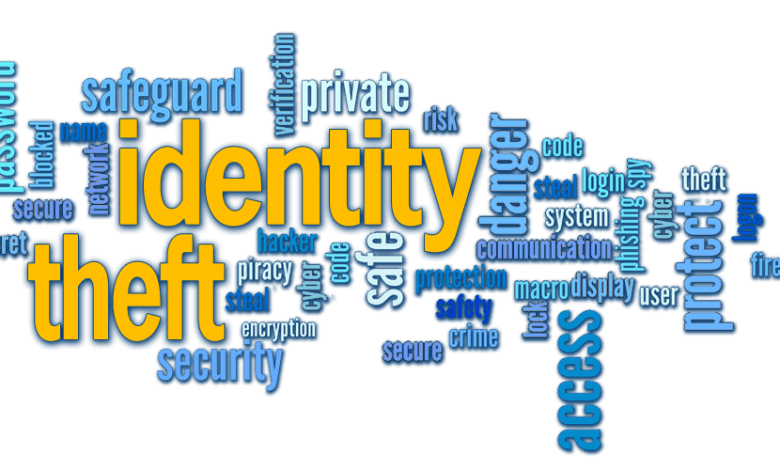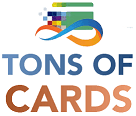Identity Theft: What It Is, How to Prevent It, Warning Signs and Tips
How to Protect Against Identity Theft

Now days so much of everything we need in life will depend on your credit history and your proven abilities to pay things on time, so it has never been more important to ensure you do not become a victim of identity theft. One good step in preventing identity theft is to check your credit report at least once a year, or even monthly. Also track your credit score and use certified credit monitoring services usually offered by your banks and financial institutions. If you bank with any of the major banks or credit unions within the United States, chances are that you already have access to credit monitoring and reporting features and benefits, free of charge. If you log into your bank or credit union, look for something that mentions credit score or sometimes simply referred to as a “FICO” score, this will usually include monitoring of all 3 bureaus which consist of Equifax, Trans Union and Experian. Once you agree to the terms and OPT IN you should see your score immediately, this will also include your recent credit history “if any” and lots of other useful information about your credit such as open and closed accounts, delinquencies, debts, charge offs and anything else impacting your overall score. If you have more then one bank that offers these services “again almost all banks do”, do not be afraid to opt in to credit monitoring with all of them, there is no such thing as to much free monitoring and reporting when it comes to your identity and if it’s free, which most banks are then why not?
Finding the Best Identity Theft Protection Tools
If you pay attention to the news and different cases about identity theft, you are probably well aware of all the threats that weigh in on your personal data. It can be very easy to become overloaded with all the identity theft protection offerings out there on the internet. So what exactly is the best way to protect yourself against identity theft? And what are the best tools? Lets first start off by clearly identifying what identify theft consist of exactly. Identity theft refers to any attempt, without your authorization, to access and use your personal information, data or accounts. In the past, this was limited to physical threats, stolen social security cards, intercepted emails, and forged checks. Now, with technology constantly evolving and companies continually asking for more and more sensitive data from us the threats are myriad. Here we will list just a few of them:
- Data breaches
- Phishing scams
- Impersonation or “Spoofing”
- Malware
- Automated Teller Machines (ATMs) and point of sale skimmers
Not sure what any of these terms mean? Continue to read the full 5 types of identity theft reference guide to understand the threats you face below as we briefly dive into each of the above mentioned threats. There is no single action you can take to fully protect your identity. There are literally a dozen things you need to do. Unfortunately, as a Debt.com research study shows, most people aren’t even doing the basic things that are necessary.
Some of the things you need to do are:
1. Take all necessary precautions to avoid becoming just another victim. This includes keeping PINs safe, changing passwords, and shredding documents before throwing them away.
2. Take advantage of all the free tools offered to prevent identity theft. There are free annual credit reports, free credit freezes, and services like mysocialsecurity.gov. Depending on the accounts you have, you can also have free credit or debit card fraud protection and even free credit monitoring as mentioned in our opening paragraph.
3. Decide if you need any PAID protection services. Credit monitoring is extremely useful for a number of reasons, including preventing identity theft. If you don’t have access to a tool for free, there are a variety of tools available that you can purchase. You also need a suitable antivirus software for your computer.
Debt.com created a detailed How to Prevent Identity Theft guide detailing each of these three key steps. It explains how to protect your identity on an ongoing basis to minimize the risk of becoming just another victim.
Free Credit Freeze as of 2018
An easy and proactive way to protect your identity is by taking advantage of free credit freezes. Since 2018, the credit freeze is 100% free for all consumers in the country. Credit bureaus are required to provide a convenient means of freezing and unfreezing your credit report at no cost to the consumer. Credit freezes lock your credit report and prevent any credit checks while the freeze is in progress. You can unfreeze your report when you want to apply for a loan or credit card and then freeze it again.
How to Verify if Your a Victim of Identity Theft
Identity theft statistics show that half of identity theft crimes go undetected for at least a month, and up to two years. Reporting identity theft quickly can be the key to minimizing pocket losses. First of all, you need to be aware of the warning signs of identity theft. There are 15 financial signs that can alert you to different types of identity theft, and with today’s technology, you don’t need to sit back and wait passively for these signs. In addition to using identity theft protection tools, there are some easy ways to recognize if you have been the victim of identity theft. Debt.com compiled a list of 15 early warning signs that you can use to quickly detect identity theft. Remember, the earlier you detect identity theft, the easier it is to avoid out-of-pocket costs. While we’ve designed this page to provide general information on identity theft protection, there is much more to cover when it comes to specific types of identity theft. Debt.com has created detailed guides to help you understand specific threats and how to handle them.
Social Security Identity Theft
If someone steals your Social Security number, they can commit several different types of theft. They can obtain financing in your name, file income taxes for your refund, and access your insurance. It is essential that you take all possible steps to protect your social security number. Below are just a few of the different forms of common identify theft growing in popularity.
Tax identity theft: A specialized type of identity theft that occurs when your Social Security number is compromised is tax identity theft. This occurs when someone files a tax return using your number and receives your refund before you can. Here’s how to avoid and tackle tax identity theft.
Medical identity theft: If an intruder gets your insurance information, they can use it to get medical benefits. Then your health insurance claims may be rejected because your policy is already maxed out. Learn how medical identity theft happens and what steps to take if you think you have been a victim of this fraudulent practice.
Credit fraud and your credit reports: While theft of your Social Security number can be one of the worst threats, unauthorized use of your account is the most common. Credit fraud occurs when someone accesses and uses your existing credit card accounts or opens accounts in your name. Understand the two main types of credit fraud and how to monitor your credit report to protect your identity.
Online identity theft: While the Internet has brought us many benefits, it has also contributed to dramatically increasing threats of identity theft. Protecting your identity online is crucial, whether you’re shopping, banking, or even emailing. This guide explains all the cyber threats you face and how to prevent them.
Identity theft on social media: A new group of threats to your personal information revolves around social media. Someone hacks into your accounts, steals your information to impersonate you, or accesses your account information to obtain secure information. That puts more than just your reputation at risk. Debt.com explains all the threats you face and how to protect yourself (and your children) on social media.
Deal with data breaches: Corporate and government data breaches have become one of the leading causes of identity theft in recent years. There is little you can do to prevent this type of theft, because you cannot control a company’s security protocols, but there are ways to monitor data breaches, so you can react quickly when they occur.

